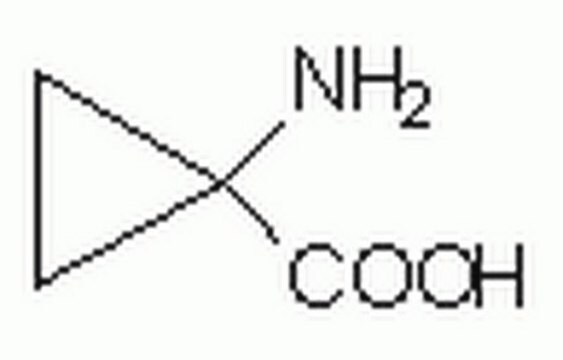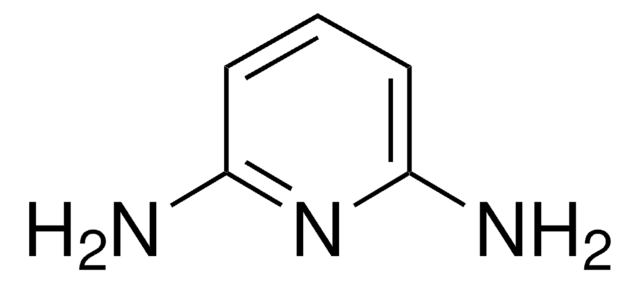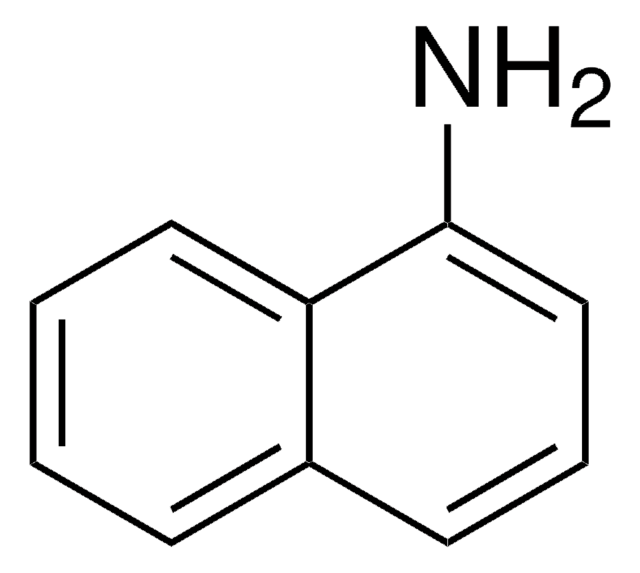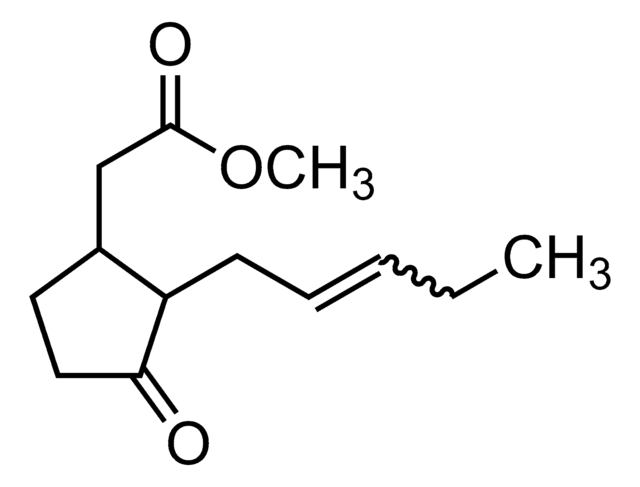Kluczowe dokumenty
A3903
1-Aminocyclopropanecarboxylic acid
≥98% (TLC), powder, NMDA agonist
Synonim(y):
ACC, ACPC
About This Item
Polecane produkty
Nazwa produktu
1-Aminocyclopropanecarboxylic acid, ≥98% (TLC), powder
Poziom jakości
Próba
≥98% (TLC)
Formularz
powder
warunki przechowywania
(Keep container tightly closed in a dry and well-ventilated place.
Keep in a dry place.)
kolor
white
mp
229-231 °C (lit.)
rozpuszczalność
water: 49.00-51.00 mg/mL, clear, colorless
ciąg SMILES
NC1(CC1)C(O)=O
InChI
1S/C4H7NO2/c5-4(1-2-4)3(6)7/h1-2,5H2,(H,6,7)
Klucz InChI
PAJPWUMXBYXFCZ-UHFFFAOYSA-N
informacje o genach
human ... NARG2(79664)
mouse ... NARG2(93697)
rat ... LOC686240(686240) , NARG2(691379)
Szukasz podobnych produktów? Odwiedź Przewodnik dotyczący porównywania produktów
Opis ogólny
1-Aminocyclopropanecarboxylic acid (ACC) is a non-proteinogenic amino acid and is a member of 1-aminocycloalkanecarboxylic acids.
Zastosowanie
Działania biochem./fizjol.
produkt powiązany
przeciwciało
Kod klasy składowania
11 - Combustible Solids
Klasa zagrożenia wodnego (WGK)
WGK 3
Temperatura zapłonu (°F)
Not applicable
Temperatura zapłonu (°C)
Not applicable
Środki ochrony indywidualnej
dust mask type N95 (US), Eyeshields, Gloves
Wybierz jedną z najnowszych wersji:
Masz już ten produkt?
Dokumenty związane z niedawno zakupionymi produktami zostały zamieszczone w Bibliotece dokumentów.
Klienci oglądali również te produkty
Nasz zespół naukowców ma doświadczenie we wszystkich obszarach badań, w tym w naukach przyrodniczych, materiałoznawstwie, syntezie chemicznej, chromatografii, analityce i wielu innych dziedzinach.
Skontaktuj się z zespołem ds. pomocy technicznej










